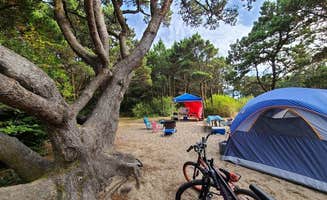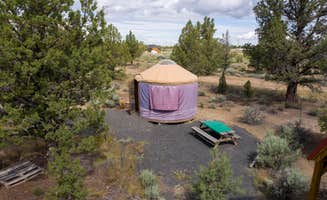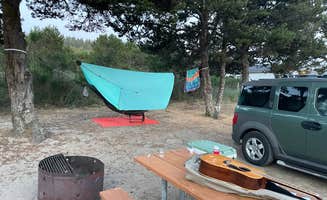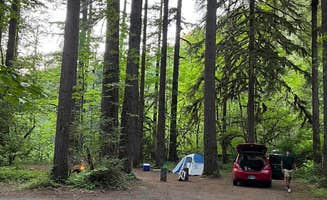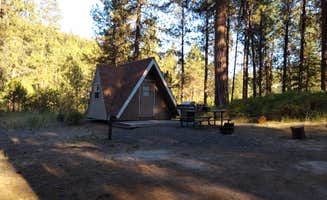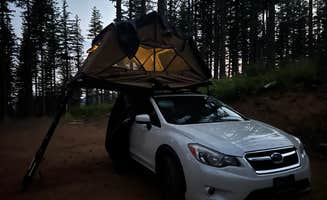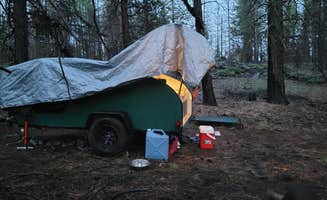Best Campgrounds in Oregon for Camping
Oregon features a comprehensive network of state park, national forest, and private campgrounds that accommodate various camping preferences. Fort Stevens State Park and Cape Lookout State Park offer year-round camping options along the picturesque Oregon coast, providing facilities for tent campers, RV travelers, and cabin enthusiasts. Mazama Village Campground at Crater Lake National Park serves visitors looking to experience this iconic natural landmark, while inland locations like Tumalo State Park near Bend provide access to high desert landscapes. Most established campgrounds maintain amenities such as drinking water, fire rings, and toilet facilities, with many also offering electric hookups for RVs.
Advance reservations are strongly recommended for developed campgrounds, particularly during summer months when popular sites fill quickly. Most Oregon state parks accept reservations up to six months in advance. "Lots of open camping spots that you can drive into without even leaving asphalt. Short distance from Timothy lake. There are established fire rings and some debris from other campers," noted one visitor about dispersed camping options. Weather conditions vary dramatically across the state, with coastal areas experiencing milder temperatures but frequent precipitation, while high desert and mountain regions can have significant temperature swings between day and night. Many campgrounds operate seasonally, with several high-elevation sites closed during winter months due to snow conditions and limited access.
The Oregon coast features numerous highly-rated campgrounds where visitors can enjoy oceanfront views and beach access. Beverly Beach and South Beach State Parks near Newport provide convenient bases for exploring coastal attractions while offering full-service campground amenities. In central Oregon, campers appreciate the proximity to outdoor recreation, with one reviewer describing Tumalo State Park as "great for kids with a river on site nearby." Eastern Oregon offers more remote camping experiences with fewer crowds but more primitive facilities. Oregon's diverse camping landscape includes everything from oceanfront campsites with stunning Pacific views to secluded forest campgrounds surrounded by ancient trees. Public lands throughout the state provide dispersed camping opportunities for those seeking solitude, though these areas typically lack amenities found at developed campgrounds. Fire restrictions frequently affect camping activities during dry summer months, particularly in eastern and central regions where wildfire risk is highest.


